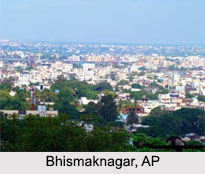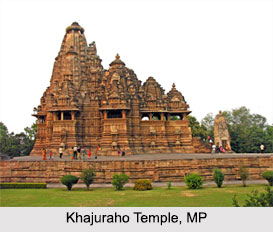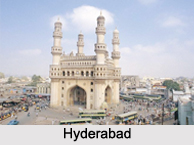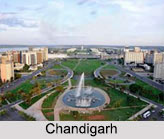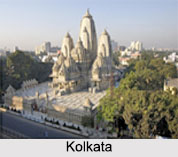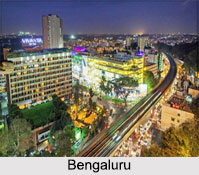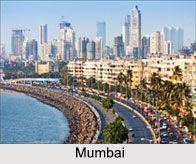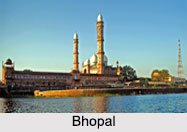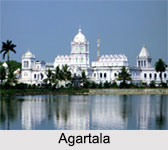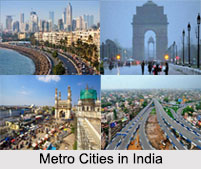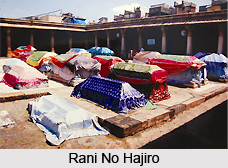 Rani no Hajiro, located in Ahmedabad city of the Indian state Gujarat, was the former resting place for queens of ancient times. Presently the streets of the place are crowded with shops which sell decorative items, female clothing and accessories. Located at Manek Chowk, one of the busiest markets of Ahmedabad, it is a significant spot of the city.
Rani no Hajiro, located in Ahmedabad city of the Indian state Gujarat, was the former resting place for queens of ancient times. Presently the streets of the place are crowded with shops which sell decorative items, female clothing and accessories. Located at Manek Chowk, one of the busiest markets of Ahmedabad, it is a significant spot of the city.
Rani No Hajiro was constructed in the 15th century by the great sultan Ahmed Shah. It is a vault of graves which served as the last resting place for queens of this empire. However the rulers who followed also continued this tradition. The walls which surround these graves on the outer part are adorned with majestic carvings on stones. The burial place lies in the centre and a cloister or veranda demarcates it.
The reign of Ahmed Shah marks the introduction of the art of Brocade, an art as old as the history of Gujarat itself. It comprised a beautifully hand woven Zari cloth which was used for covering the graves of the queens. It is believed that it was the queen of Ahmad Shah who had desired to construct a unique open air courtyard which was built accordingly. It is regarded unique because before her request, the design comprised a large dome covering the grave which was surrounded by an ambulatory.
Rani no Hajiro exhibits a great amalgam of Hindu, Jain and Islamic cultures through the intricate designs and carvings on the walls and domes. The inner area which is the burial place is kept locked for maintaining tranquillity and cleanliness of the place. A family of caretakers maintain the place and these people are engaged in the same work since almost five generations now. The sanctity and untainted beauty of the place is ensured by them.
This article is a stub. You can enrich by adding more information to it. Send your Write Up to content@indianetzone.com
